by Jochen Szangolies
Thomas Bayes and Rational Belief

When we are presented with two alternatives, but are uncertain which to choose, a common way to break the deadlock is to throw a coin. That is, we leave the outcome open to chance: we trust that, if the coin is fair, it will not prefer either alternative—thereby itself mirroring our own indecision—yet yield a definite outcome.
This works, essentially, because we trust that a fair coin will show heads as often as it will show tails—more precisely, over sufficiently many trials, the frequency of heads (or tails) will approach 1/2. In this case, this is what’s meant by saying that the coin has a 50% probability of coming up heads.
But probabilities aren’t always that clear cut. For example, what does it mean to say that there’s a 50% chance of rain tomorrow? There is only one tomorrow, so we can’t really mean that over sufficiently many tomorrows, there will be an even ratio of rain/no rain. Moreover, sometimes we will hear—or indeed say—things like ‘I’m 90% certain that Neil Armstrong was the first man on the Moon’.
In such cases, it is more appropriate to think of the quoted probabilities as being something like a degree of belief, rather than related to some kind of ratio of occurrences. That is, probability in such a case quantifies belief in a given hypothesis—with 1 and 0 being the edge cases where we’re completely convinced that it is true or false, respectively.
Beliefs, however, unlike frequencies, are subject to change: the coin will come up heads half the time tomorrow just as well as today, while if I believe that Louis Armstrong was the first man on the moon, and learn that he was, in fact, a famous Jazz musician, I will change my beliefs accordingly (provided I act rationally).
The question of how one should adapt—update, in the most common parlance—one’s beliefs given new data is addressed in the most famous legacy of the Reverend Thomas Bayes, an 18th century Presbyterian minister. As a Nonconformist, dissent and doubt were perhaps baked into Bayes’ background; a student of logic as well as theology, he wrote defenses of both God’s benevolence and Isaac Newton’s formulation of calculus. His most lasting contribution, however, would be a theorem that gives a precisely quantifiable means of how evidence should influence our beliefs. Read more »

 The coronavirus pandemic has caused a great of suffering and has disrupted millions of lives. Few people welcome this kind of disruption; but as many have already observed, it can be the occasion for reflection, particularly on aspects of our lives that are called into question, appear in a new light, or that we were taking for granted but whose absence now makes us realize were very precious. For many people, work, which is so central to their lives, is one of the things that has been especially disrupted. The pandemic has affected how they do their job, how they experience it, or whether they even still have a job at all. For those who are working from home rather than commuting to a workplace shared with co-workers, the new situation is likely to bring a new awareness of the relation between work and time. So let us reflect on this.
The coronavirus pandemic has caused a great of suffering and has disrupted millions of lives. Few people welcome this kind of disruption; but as many have already observed, it can be the occasion for reflection, particularly on aspects of our lives that are called into question, appear in a new light, or that we were taking for granted but whose absence now makes us realize were very precious. For many people, work, which is so central to their lives, is one of the things that has been especially disrupted. The pandemic has affected how they do their job, how they experience it, or whether they even still have a job at all. For those who are working from home rather than commuting to a workplace shared with co-workers, the new situation is likely to bring a new awareness of the relation between work and time. So let us reflect on this.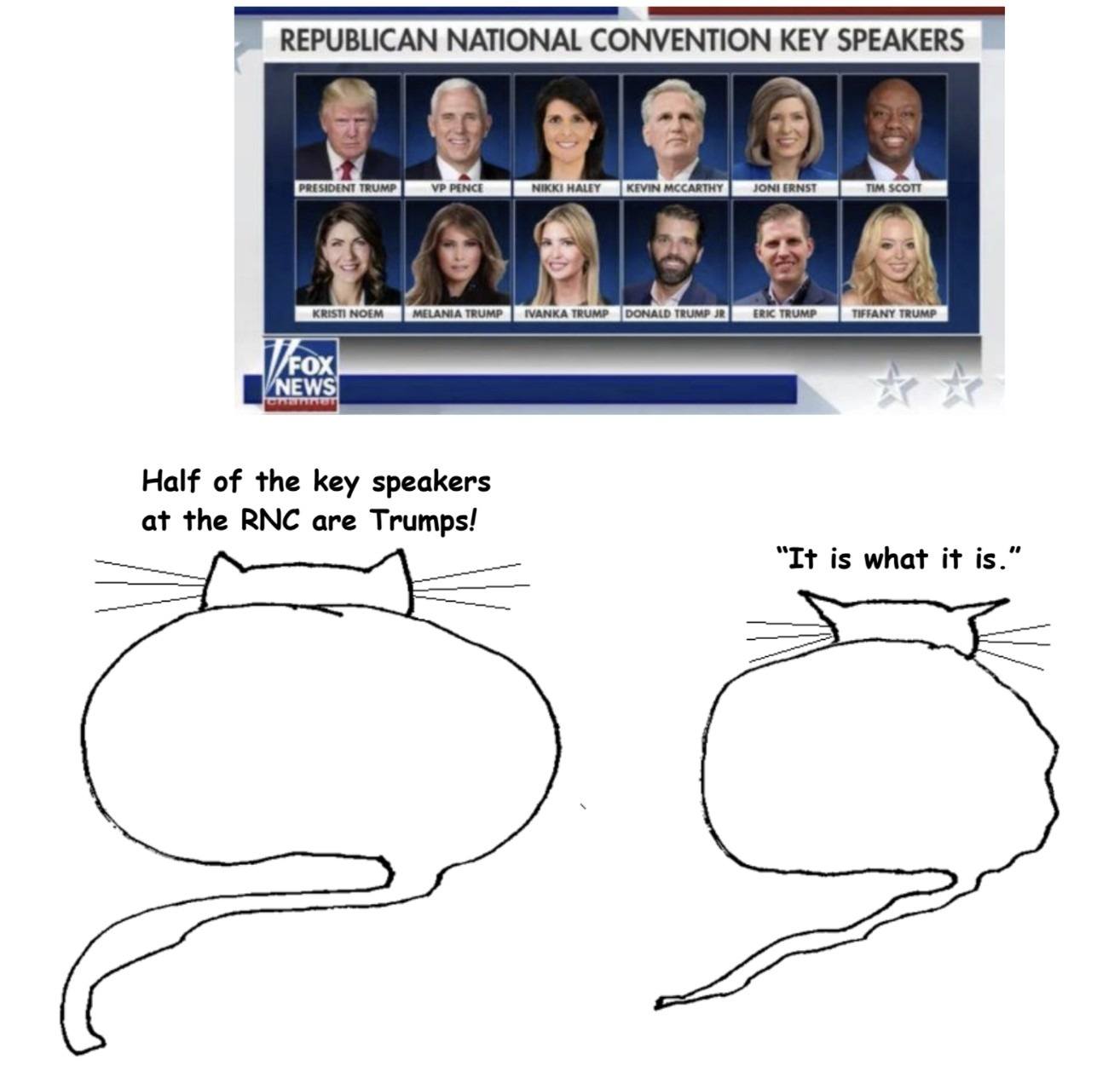

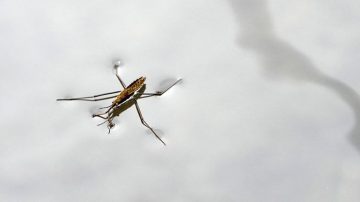

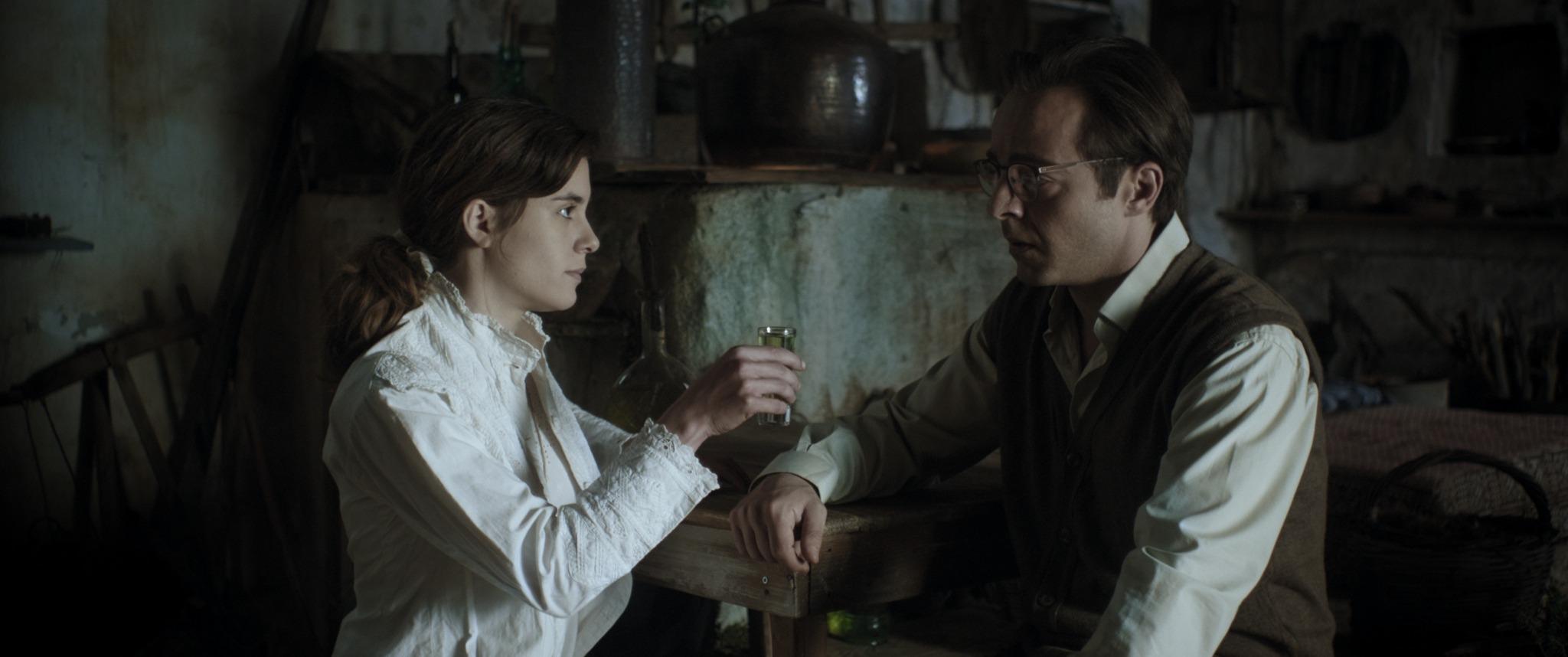
 I often hear it said that, despite all the stories about family and cultural traditions, winemaking ideologies, and paeans to terroir, what matters is what’s in the glass. If a wine has flavor it’s good. Nothing else matters. And, of course, the whole idea of wine scores reflects the idea that there is single scale of deliciousness that defines wine quality.
I often hear it said that, despite all the stories about family and cultural traditions, winemaking ideologies, and paeans to terroir, what matters is what’s in the glass. If a wine has flavor it’s good. Nothing else matters. And, of course, the whole idea of wine scores reflects the idea that there is single scale of deliciousness that defines wine quality.
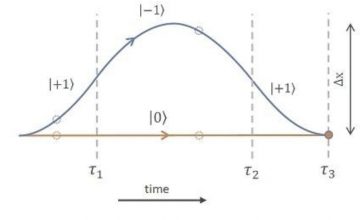 A group of theoretical physicists, including two physicists from the University of Groningen, have proposed a ‘table-top’ device that could measure gravity waves. However, their actual aim is to answer one of the biggest questions in physics: is gravity a quantum phenomenon? The key element for the device is the quantum superposition of large objects. Their design was published in New Journal of Physics on 6 August.
A group of theoretical physicists, including two physicists from the University of Groningen, have proposed a ‘table-top’ device that could measure gravity waves. However, their actual aim is to answer one of the biggest questions in physics: is gravity a quantum phenomenon? The key element for the device is the quantum superposition of large objects. Their design was published in New Journal of Physics on 6 August. Qelbinur Sedik has witnessed wanton cruelty, gratuitous violence, humiliation, torture, and death meted out to her people on an unimaginable scale — but has been forced to keep the crushing secret until now.
Qelbinur Sedik has witnessed wanton cruelty, gratuitous violence, humiliation, torture, and death meted out to her people on an unimaginable scale — but has been forced to keep the crushing secret until now.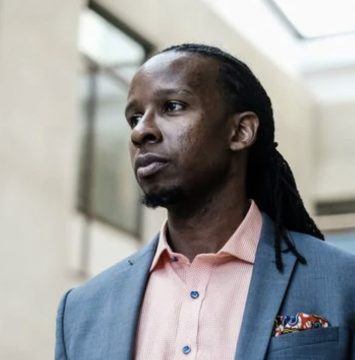
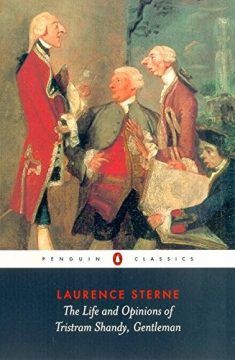 TRISTRAM SHANDY sailed into eighteenth-century literary history alongside such bawdy picaresques as Tom Jones. But unlike the rest Laurence Sterne’s creation is an antinovel: It starts and stops, has entire pages that aren’t even text—blank or solid black or marbled or filled with lines and swirls that indicate the wayward shapes of the narrative (at such moments it seems like what Sterne really is is a concrete poet). On the occasions when the author doesn’t want you to know what naughty thing he’s saying (though he quit being a minister to write, Sterne was still a modest man) there are heaving piles of asterisks. By such means—explained in an insanely arch but persistently conversational manner—you get that the book in your hands is alive and it will turn any whimsical damn way he wants. Laurence Sterne is a funny guy and there is a devastating presentness to this work.
TRISTRAM SHANDY sailed into eighteenth-century literary history alongside such bawdy picaresques as Tom Jones. But unlike the rest Laurence Sterne’s creation is an antinovel: It starts and stops, has entire pages that aren’t even text—blank or solid black or marbled or filled with lines and swirls that indicate the wayward shapes of the narrative (at such moments it seems like what Sterne really is is a concrete poet). On the occasions when the author doesn’t want you to know what naughty thing he’s saying (though he quit being a minister to write, Sterne was still a modest man) there are heaving piles of asterisks. By such means—explained in an insanely arch but persistently conversational manner—you get that the book in your hands is alive and it will turn any whimsical damn way he wants. Laurence Sterne is a funny guy and there is a devastating presentness to this work. Every corpse is an ecosystem. Each fallen bird, landed fish, beached whale, decomposing log, plucked flower is destined to change from a conglomerate of giant molecules, the most complex system in the universe known, into clouds and drifts of much smaller organic molecules. The process of decay is driven by scavengers, in nature beginning with vultures and blowflies and ending with fungi and bacteria. What do ants do with their dead? In many species, if a colony member is badly injured in the field it is carried home and eaten. If injured only moderately, it may be allowed to live and heal. Most ant warriors that die in battle outside the nest never return. They instead fill the jaws and beaks of predators. An ant that dies from old age or disease inside the nest simply comes to a standstill or else falls to the side with her legs crumpled up. In most cases, she is allowed to stay in place. After, at most, a few days, a nest mate picks her up and carries her out of the nest or to a refuse pile in one of the chambers within the nest. In this cemetery chamber is also dumped miscellaneous refuse, including the inedible remains of prey. There is no ceremony. It occurred to me early in my studies of chemical communication in ants that the bodies of the dead are likely recognized by the odor of their decomposition. Of all the substances uniquely present in dead insects, one or more must be the signal that triggers corpse disposal by ants. If live ants demonstrably use such molecules to release other instinctive social behavior in the service of the colony, why not in death also?
Every corpse is an ecosystem. Each fallen bird, landed fish, beached whale, decomposing log, plucked flower is destined to change from a conglomerate of giant molecules, the most complex system in the universe known, into clouds and drifts of much smaller organic molecules. The process of decay is driven by scavengers, in nature beginning with vultures and blowflies and ending with fungi and bacteria. What do ants do with their dead? In many species, if a colony member is badly injured in the field it is carried home and eaten. If injured only moderately, it may be allowed to live and heal. Most ant warriors that die in battle outside the nest never return. They instead fill the jaws and beaks of predators. An ant that dies from old age or disease inside the nest simply comes to a standstill or else falls to the side with her legs crumpled up. In most cases, she is allowed to stay in place. After, at most, a few days, a nest mate picks her up and carries her out of the nest or to a refuse pile in one of the chambers within the nest. In this cemetery chamber is also dumped miscellaneous refuse, including the inedible remains of prey. There is no ceremony. It occurred to me early in my studies of chemical communication in ants that the bodies of the dead are likely recognized by the odor of their decomposition. Of all the substances uniquely present in dead insects, one or more must be the signal that triggers corpse disposal by ants. If live ants demonstrably use such molecules to release other instinctive social behavior in the service of the colony, why not in death also? Lance Taylor in INET Economics:
Lance Taylor in INET Economics:
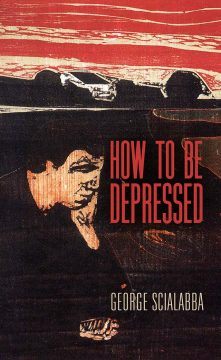 Gerald Russello in LA Review of Books:
Gerald Russello in LA Review of Books: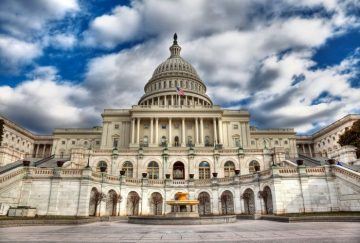 Felicia Wong in Boston Review:
Felicia Wong in Boston Review: